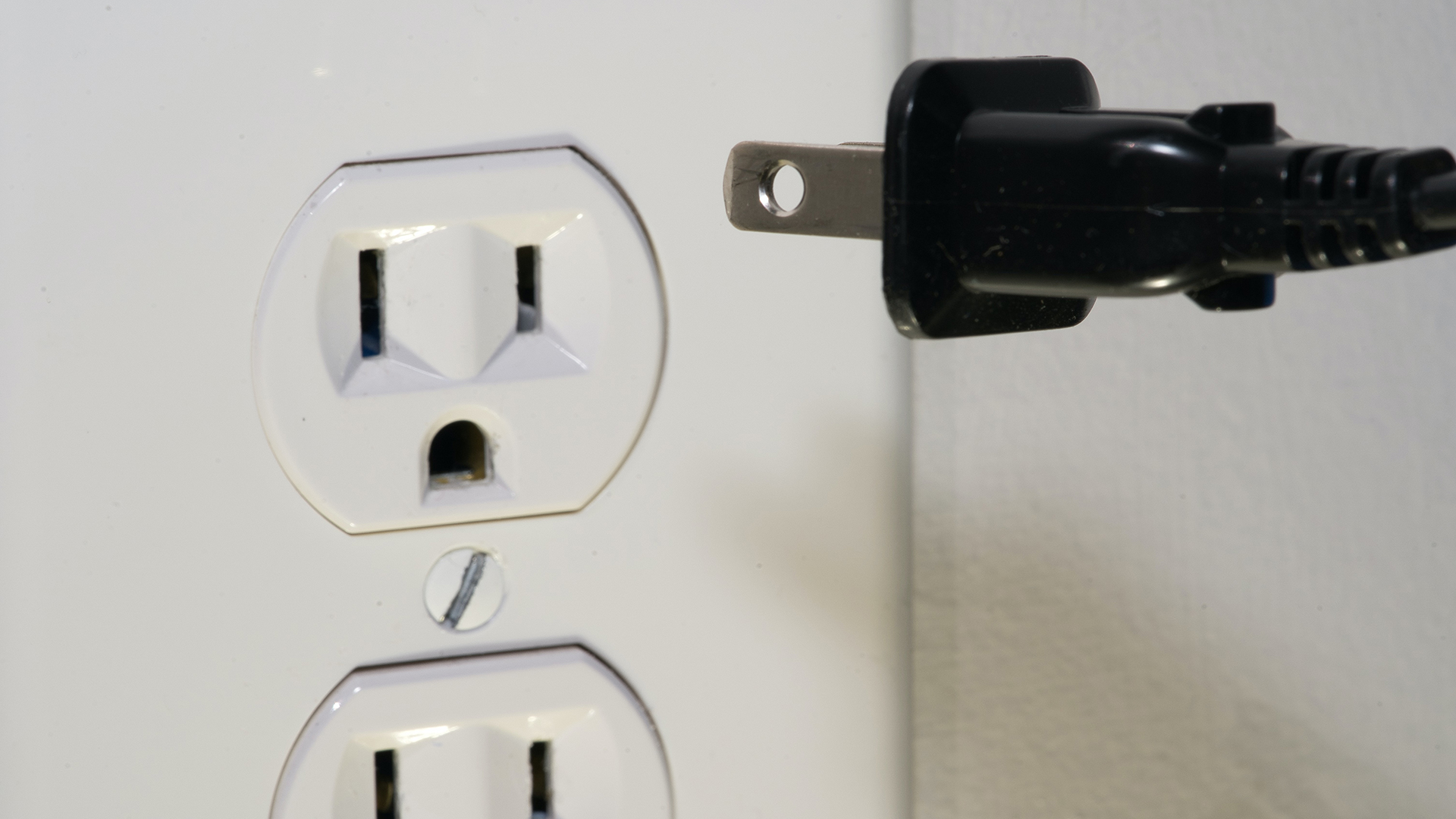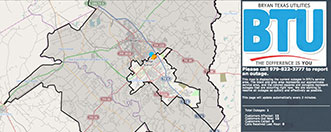
May is National Electrical Safety Month. To celebrate, use the checklist below to inspect your home’s electrical system to keep your family safe all year long.
Electrical safety checklist
- Check all cords, plugs, surge protectors, and extension cords for fraying, exposed wire or broken components. Never cut the third prong off a plug to fit a two-prong outlet.
- Extension cords are for temporary use only. Do not use an extension cord as a permanent fixture. If you need additional outlets, contact a licensed electrician to install some wherever you require.
- Do not overload an outlet with multiple high-wattage or heat-producing devices, for example space heaters, toasters, or hair dryers.
- Plugs should fit snugly into outlets. If yours do not, contact a licensed electrician to upgrade.
- Major appliances such as washers, dryers, refrigerators, stoves, air conditioners, and hot water heaters should be plugged directly into a wall outlet specifically designed to handle their electrical needs. Do not use surge protectors or extension cords for large appliances.
- Only use lightbulbs at or below the maximum wattage listed on your lamp or light fixture. There should be a sticker on the fixture indicating the max wattage.
- If you have young children, consider equipping your home with tamper-resistant (TR) electrical outlets. If your home was built after 2008, this should be standard. Also, consider installing outlet covers on easy-to-reach receptacles.
- Arc fault circuit interrupters (AFCIs) are a type of circuit breaker that shuts off the current when an arc-fault is detected, reducing the chance of electrical fire. Ask a licensed electrician about installing AFCIs in your home.
- Ground fault circuit interrupters (GFCIs) are another type of circuit breaker that reduce the risk of electrical shock by de-energizing the circuit if it becomes hazardous. A licensed electrician should install GFCIs near possible water sources including your garage, basement, kitchen, bath, and all outdoor outlets. GFCIs were required in certain areas of new homes beginning in the late 1970s.
- Test AFCIs and GFCIs at least once per month. (At least one outlet on each circuit will have button that says TEST on it. Plug a device into the outlet and push the TEST button, the device should not work until the outlet is reset.)
- Always dial 811 to have your underground lines marked prior to beginning any project that requires digging. Electrical lines can be buried 2-4 feet deep, so even small projects could cause injury and/or damage to utilities.
- Make sure your electrical panel has accurate labels on each of the circuit breakers, naming the outlets/rooms/appliances to which they are connected.
Warning signs that need to be addressed by an electrician
- Outlets that are warm to the touch, are discolored, make a buzzing or crackling sound, or give off an odd smell (possibly like burning plastic or fishy smell).
- Your lights dim or flicker, especially when using high-wattage devices.
- You regularly have fuses blow or circuit breakers trip.
- A light switch or outlet gives you a shock or tingling sensation when touched.





